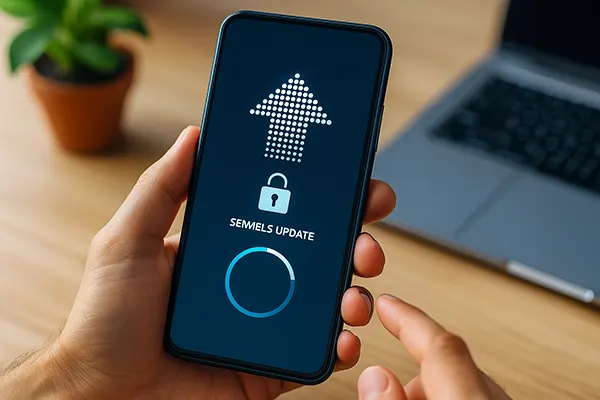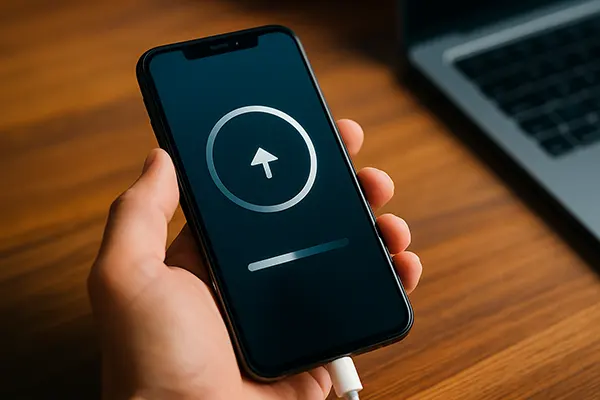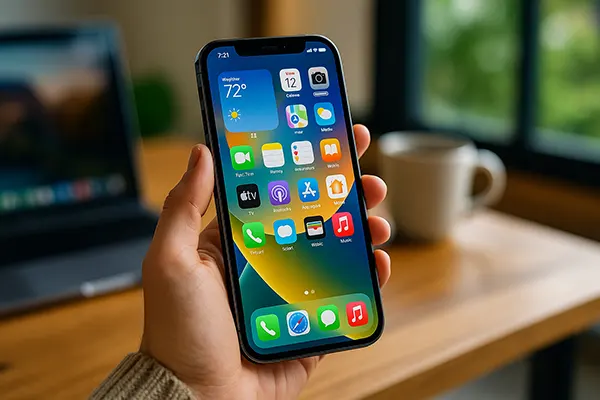Seamless Over-the-Air Updates: Ensuring Operating System Security and Consistency

Over-the-air updates have become a core mechanism for keeping modern smartphones protected and aligned with current software standards. By 2025, most major manufacturers have shifted to seamless installation models that apply system changes in the background, reducing downtime and improving reliability. This approach strengthens device longevity and helps users receive essential patches without interruption.
The principles behind seamless OTA updates
Seamless OTA technology relies on a dual-partition system that prepares the updated environment while the phone continues to operate normally. Once installation is complete, the device simply reboots into the new system slot. This method reduces the chances of failure during installation and avoids extended periods when the phone is unusable.
Smartphone vendors increasingly adopt this architecture because it delivers a more predictable and stable update process. It also lowers the risk of data loss, as the active partition remains intact until the updated system is verified. Thanks to this design, errors such as corrupted updates or battery depletion during installation are far less likely to cause serious problems.
Security teams view this structure as a major advantage. The inactive slot can undergo integrity checks before activation, ensuring the device never boots into compromised firmware. As a result, seamless OTA systems offer an additional barrier against malicious exploitation of update channels.
Why this approach improves device resilience
A key benefit of the dual-partition method is the ability to roll back to the previous system state if something unexpected occurs. This safeguard is particularly valuable for enterprise environments and users who store sensitive information, as recovery options reduce operational risks.
Another important factor is the enhanced reliability of incremental update packages. These smaller files are quicker to download, reducing mobile data usage and shortening installation time. In crowded network environments, such as public spaces or areas with limited bandwidth, this makes OTA delivery significantly more practical.
Manufacturers also use seamless OTA updates to maintain long-term software support, even for devices released several years prior. This contributes to reduced electronic waste, as users can continue using their smartphones longer without losing access to essential fixes and improvements.
Security advantages of modern OTA update systems
By 2025, secure OTA delivery pipelines have become mandatory across major operating systems, including Android-based distributions, iOS, and several emerging open-source platforms. Each update undergoes cryptographic signing to ensure it reaches the device exactly as intended by the vendor.
End-to-end verification is now standard, allowing devices to reject altered or incomplete packages automatically. This protects users from attacks where malicious actors attempt to insert harmful code into the update stream.
In addition, many systems employ real-time monitoring to detect abnormal update behaviour. For example, if a device repeatedly fails to apply a patch, diagnostic tools can help identify hardware integrity issues or potential tampering attempts. These features collectively strengthen the reliability of the update ecosystem.
How OTA updates respond to emerging threats
Cybersecurity specialists often highlight that attack patterns evolve rapidly, making timely patching essential. OTA mechanisms allow vendors to distribute emergency fixes quickly, limiting the window during which vulnerabilities can be exploited.
Some phone manufacturers now release modular updates that address specific system components without requiring a full OS package. This flexibility speeds up the delivery of urgent security changes and allows more targeted improvements to sensitive areas such as biometric authentication modules.
Advanced update channels can also incorporate AI-assisted anomaly detection that evaluates patch performance across millions of devices worldwide. Early detection of installation problems helps vendors refine future releases and maintain consistent user protection.

User experience improvements in seamless OTA distribution
The shift to background installation means users no longer need to plan around lengthy update windows. Daily tasks continue uninterrupted while the system prepares the new version. Once ready, the device only requires a brief restart to finalise the process.
Notifications are now designed to be more informative, offering clear explanations of what is included in the update and why it matters. This transparency encourages more users to keep their devices current, contributing to a healthier digital environment overall.
Energy efficiency has also improved. Modern OTA installers optimise CPU and storage operations to reduce battery drain during processing. This makes updates more user-friendly, particularly for those who rely heavily on their phones throughout the day.
The role of vendors in shaping update quality
Manufacturers now coordinate closely with component suppliers to ensure firmware patches align with broader system requirements. This cooperation reduces incompatibilities and helps extend the lifespan of internal hardware components.
Improved testing frameworks have been introduced to simulate real-world usage before updates are released. These systems evaluate performance across various network conditions, storage states, and battery levels, producing more robust results for end users.
Another positive development is the increased focus on regional compliance. OTA packages are tailored to meet data protection standards and telecommunications requirements across different markets, but without compromising installation speed or consistency.


